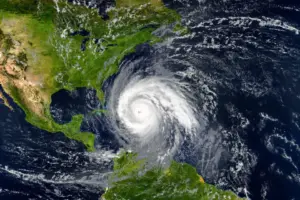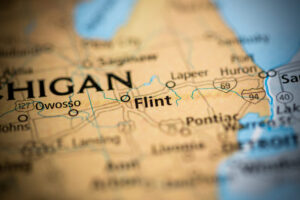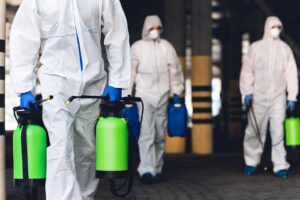Hazardous waste is one of the most heavily regulated elements in the business. From how your organization stores it to how it is removed and disposed of, hazardous waste is something that must be handled with the utmost care.
Although hazardous waste sounds like a rare commodity, hazardous waste buildup is surprisingly common in most businesses. Unfortunately, hazardous materials and waste streams cannot be disposed of like regular, non-hazardous trash. Collecting, transporting, and disposing of hazardous waste streams require additional measures and compliance with regulatory agencies at the local, state, and federal levels. These protective measures were developed to protect people, communities, and the environment.
Before you call out TAS Environmental Services to safely dispose of your potential hazardous waste, make sure it falls under these EPA defined characteristics.
Corrosivity
Corrosives are a common form of hazardous waste. Some familiar items that are categorized as corrosive waste include:
● Automotive Batteries
● Bleach
● Rust Removers
Corrosive waste is defined as any liquid that can corrode steel. This definition alone explains why it takes a professional service provider to dispose of corrosive materials effectively and safely from your property. Mishandling of corrosive materials can easily lead to serious bodily harm, lasting health problems and long-term environmental damage.
Ignitability
When approaching waste that can be the source of a devastating fire, the EPA characterizes this form in three categories:
Liquids
If a liquid has a flash point with the lowest temperature of 140 degrees Fahrenheit, it qualifies as an ignitable form of hazardous waste. Some examples of ignitable liquids include:
● Alcohol
● Acetone
● Gasoline
Solids
Solids that fall under this category can either be flammable solids (i,e, matches), dangerous when wet, or spontaneously combustible (i,e. oily fabrics, coal, charcoal).
Oxidizers
Although oxidizers are not directly combustible on their own, the oxygen they produce can easily lead to a chemical reaction and ignite other combustible material. If a product contains any of the following substances, they are an oxidizer that should be handled with caution:
● Ammonium nitrate
● Potassium nitrate
● Potassium bromate
● Nitric acid
● Sodium hypochlorite
● Halogens
Toxicity
If waste is deadly or harmful when ingested is placed in the toxicity category of hazardous waste. When mismanaged or incorrectly transported, toxic waste poses a huge threat with long-term environmental consequences.
Some common examples of toxic waste your organization should professionally dispose of include:
● Antifreeze
● Diesel fluids
● Brake fluids
● Fluorescent light bulbs
● Electronics
● Paints
● Mercury thermometers
● Pesticides/herbicides
● Pool cleaning products
Reactivity
Reactive hazardous waste is especially dangerous because disaster can strike in almost any climate. Since there are so many conditions and possibilities involved with reactive waste, the EPA has three guidelines that people and organizations should follow when determining if a material is reactive:
It is generally unstable and experiences violent change without detonation
When mixed with water, toxic gases are emitted
The material has the potential for explosion when mixed with water
Safely Remove Hazardous Waste with TAS Environmental Services
Protect your employees, business, reputation, and the environment by avoiding the risks of improperly identifying – or disposing of – hazardous waste. Trust the professionals of TAS Environmental Services to help with any action that needs to be taken involving potentially hazardous waste.
TAS Environmental’s team of experts can help you profile your waste, remove it from your property and dispose of it properly. Contact us today to access our custom solutions for managing your hazardous and non-hazardous waste streams.





